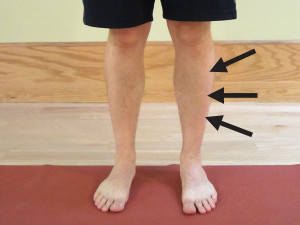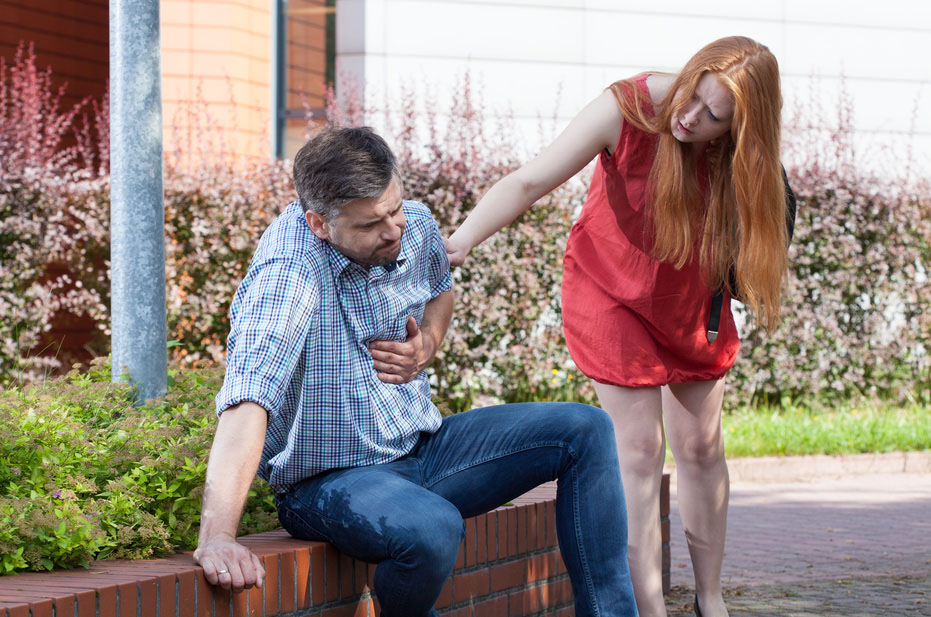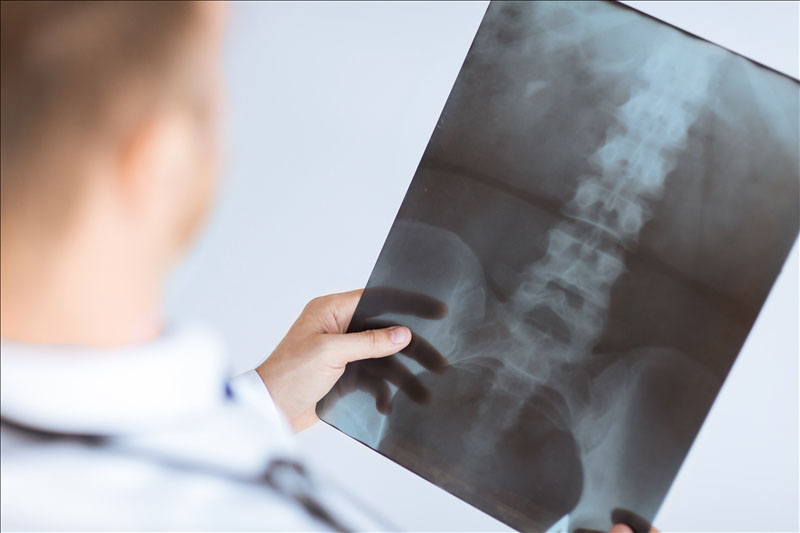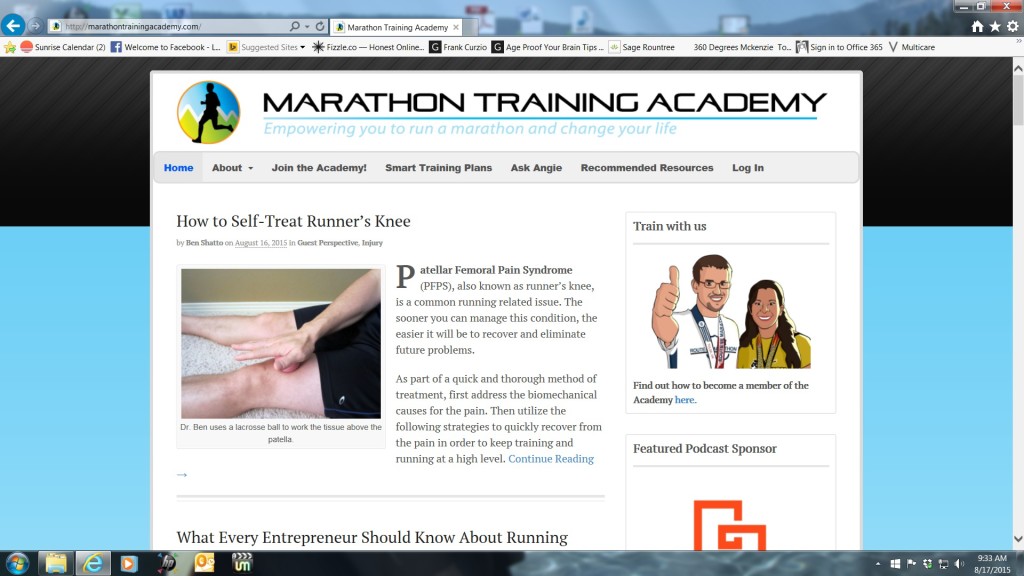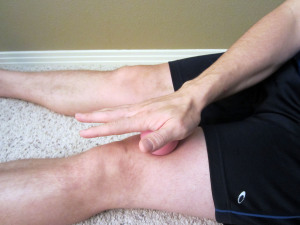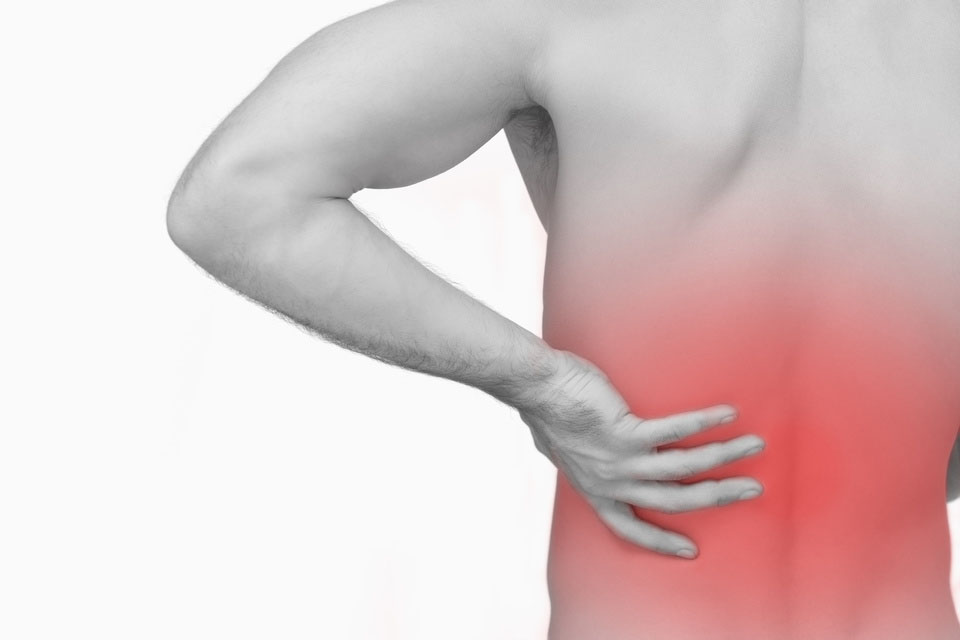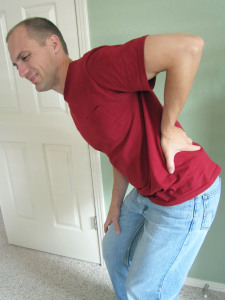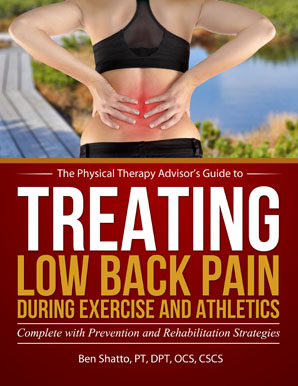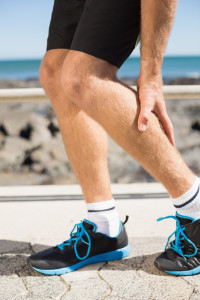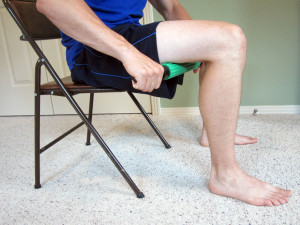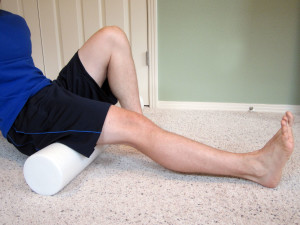Q. I had my annual visit with my physician, and she says that I have osteopenia. She recommended that I start taking calcium and maybe even another prescription to help. Isn’t there a better way to treat this without the use of drugs? -Mary
A. Thank you, Mary, for this fantastic question! Osteopenia can be a very serious condition and is the precursor to osteoporosis. Osteopenia is defined as lower than normal bone density, but not to the severity of osteoporosis.
Osteopenia and osteoporosis significantly increase your risk of a bone fracture if you fall. When the condition is severe, the fracture can occur spontaneously from normal activities. Nearly 20% of all hip fractures in the elderly will result in death within the first year, and 50% of people will never regain their prior level of function after suffering from a hip fracture. Treating osteopenia and osteoporosis is a critical first step in reducing fractures and maintaining independence as a person ages.
Osteopenia can occur for many different reasons. Risk factors include:
- Side effects of medications, such as chemotherapy or chronic corticosteroid use
- Eating disorders
- Radiation exposure
- Gender – Females are more likely to experience bone loss.
- Certain ethnic groups – White Anglo-Saxons are more likely to have thin bones.
- Smoking
- Prior family history
- Alcoholism
- Chronic soda consumption
- Having a very thin build
- Lack of physical activity
Osteopenia and osteoporosis are typically diagnosed via a bone density scan, which is recommended for woman over the age of 65. Depending on the risk factors for both men and women, your physician may order the scan at different times. For more information on a bone density scan, please refer to Q & A: Which Type of Imaging to Use?
Mary, you are correct. There are many options to help manage this condition other than prescription medications. I highly suggest that you speak with your physician about all available treatment options. The following recommendations are helpful in managing and treating osteopenia, but there may be more complicated internal issues affecting your body’s ability to improve bone density. Hormonal imbalances (such as low testosterone), menopause related hormone changes, and thyroid related issues (among others) may affect bone density. All possible hormone regulation issues should be screened for and addressed as you implement the following strategies.
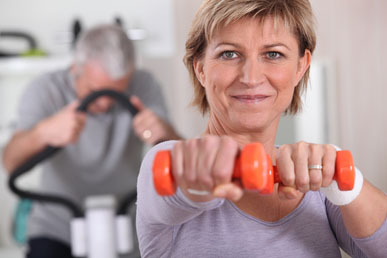
How to Self-Treat Osteopenia:
1. Weight Training
Weight training (particularly barbell training) loads the skeleton progressively over time, which can decrease bone loss and increase bone mineral density. It also positively affects hormones, such as human growth hormone (HGH) and testosterone, needed to improve bone density and muscle strength. Barbell training is the most effective method due to the progressive load on the skeletal system, and the muscle pull being exerted on the bone, which also stimulates bone formation.
Weight training or resistance training (other than through barbell training) can also be beneficial. An example of weight or resistance training would be any type of pushing or pulling exercise that exerts a force on the muscle, which causes it to work harder than it would normally. Although any form of resistive exercise would be beneficial, the most effective exercises either activate large muscle groups and/or load the skeletal system. Examples include squats, lunges, and dead lifts.
2. Weight Bearing Activities
This refers to any activity, such as walking, jogging, and hiking, performed against gravity. Biking and swimming are examples of exercises that are not weight bearing and therefore, they aren’t as beneficial for bone development.
3. Vitamin D
Vitamin D is critical to the absorption of calcium, which is important for bone health. Although calcium is a critical component of bone health, I cannot recommend extra supplementation because of the potential cardiac risks to over supplementation. A healthy varied diet will typically supply adequate calcium levels (assuming that adequate vitamin D levels are present for absorption and that you are avoiding drinking soda).
4. Avoid Soda
Excessive soda intake (particularly diet soda) has been linked to poor bone density. The exact cause isn’t entirely clear. It’s debatable as to whether it’s a sign of an unhealthy lifestyle or that the additives, acids, and artificial sweeteners affect the bone density (but it’s likely both factors). What is clear is that too much soda is bad for your health and bad for your bones.
5. Creatine
Creatine monohydrate is helpful for increasing skeletal muscle size, strength, and power production. Increased muscle strength means increased muscle pull on the bones, which causes them to grow stronger. It may also have the added benefit of a preventative effect for dementia and neurodegenerative diseases. I recommend taking 5 g per day, and I typically consume it in 6-8 week cycles.
6. Magnesium
Magnesium is a critical component of bone health and health in general. I also use magnesium as a sleep and recovery aid. I consume it at night to help me sleep. Magnesium can also reduce muscle soreness, cramps and/or spasms. You can take Mag Glycinate in pill form or by eating foods higher in magnesium such as spinach, artichokes, and dates.
Most people are deficient in the amount of magnesium they consume on a regular basis. I recommend beginning with a dose of 200 mg (before bedtime) and increasing the dose in 100 mg intervals as needed. I would caution you that taking too much magnesium can lead to diarrhea. Mag Glycinate in its oral form is the most highly absorbable. Although not as absorbable, Thorne Research Magnesium Citrate and magnesium oxide can also be beneficial.
7. Stop Smoking
If you smoke, please stop. It not only affects your bone density, but it has negative effects on every other body system. It also increases your risk of cancer and heart disease.
8. Eat Healthy
Do not eat anything that comes in a package. Most of our food should be from low sugar fruits and vegetables as well as protein and healthy fats (primarily from plant sources such as avocados and coconut or olive oil). Any animal fat should be from organic and grass fed animals. Your body tissue needs nutrients to be able to perform at a high level.
Avoid processed food as much as possible. Limit sugary food and add more protein and healthy fat in your diet. Maintaining a diet with adequate healthy fats is essential in providing the nutrients to support all hormone function in the body as well as support the brain and nervous system. Adequate protein intake is necessary to support muscle health and development. A healthy diet equates to healthy bones.
9. Avoid Excessive Alcohol Consumption
A moderate amount of alcohol has been shown to have cardiovascular health benefits. Excessive amounts can lead to kidney and liver related issues as well as negatively affect bone density. The general recommendation is to consume no more than 1-2 servings of alcohol per day.
Mary, you should be able to affectively treat osteopenia without prescription medications by implementing these strategies, avoiding known risk factors when possible, and addressing any potential hormonal related issues. Thanks again for the question!
How has osteopenia or osteoporosis affected your life? Which strategies can you implement to improve your condition? Please leave your comments below.
If you have a question that you would like featured in an upcoming blog post, please comment below or submit your question to contact@thePhysicalTherapyAdvisor.com. Be sure to join our growing community on Facebook by liking The Physical Therapy Advisor!
Disclaimer: The Physical Therapy Advisor blog is for general informational purposes only and does not constitute the practice of medicine or other professional health care services, including the giving of medical advice. No health care provider/patient relationship is formed. The use of information on this blog or materials linked from this blog is at your own risk. The content of this blog is not intended to be a substitute for professional medical advice, diagnosis, or treatment. Do not disregard, or delay in obtaining, medical advice for any medical condition you may have. Please seek the assistance of your health care professionals for any such conditions.
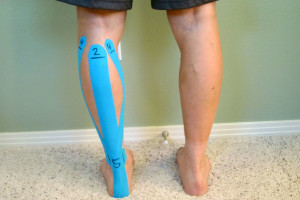 In this particular episode, I mention several rehabilitation strategies, including utilizing mobility bands and Kinesiological tape.
In this particular episode, I mention several rehabilitation strategies, including utilizing mobility bands and Kinesiological tape.


